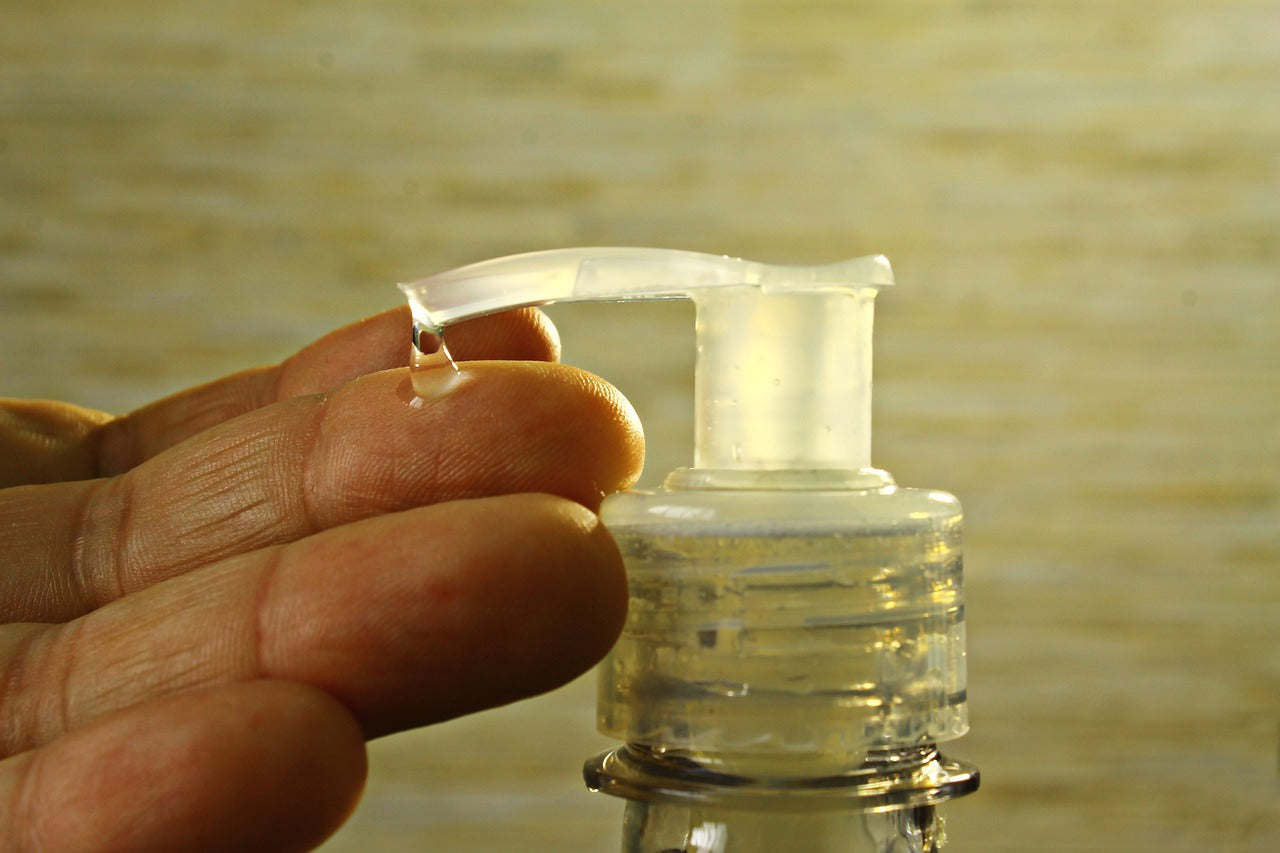In a world where harmful chemicals often dominate the conversation about disinfection, copper emerges as a natural, effective alternative. Let's explore the science behind how copper kills germs and why it stands out as a powerful antimicrobial agent.
The Unique Properties of Copper
Historical Context
Copper's antimicrobial properties have been recognized for millennia. Ancient civilizations, including the Egyptians, Greeks, and Romans, used copper for its healing and disinfecting properties. Fast forward to today, and modern science is backing up what our ancestors intuitively knew.
Chemical Composition
Copper’s antimicrobial power lies in its unique chemical composition. Copper ions (Cu2+) are crucial in disrupting microbial cells. This metal can continuously release these ions, creating an inhospitable environment for germs.
The Science Behind Copper's Germ-Killing Power
Copper Ions and Their Role
When microbes land on a copper surface, they encounter a hostile environment. Copper ions are released and begin their attack on the microbial cells. These ions penetrate the cell walls, causing physical damage.
Disruption of Cell Membranes
Copper ions disrupt the cell membranes of bacteria, leading to leakage of essential cell components. This disruption is often fatal to the microbes. Think of it as copper’s way of puncturing the armor of harmful bacteria.
Generation of Reactive Oxygen Species (ROS)
Copper surfaces generate reactive oxygen species (ROS), highly reactive molecules that cause further damage to microbial cells. ROS can damage the DNA, RNA, and proteins within the cells, effectively neutralizing the threat.
Interference with Metabolic Processes
Copper ions interfere with the essential metabolic processes of microbes, effectively starving them and preventing their replication. This multi-faceted attack ensures that germs not only die but also cannot multiply and spread.
Comparing Copper to Chemical Disinfectants
Effectiveness
Copper is incredibly effective at killing a broad range of pathogens, including bacteria, viruses, and fungi. Unlike some chemical disinfectants, which may only target specific types of germs, copper offers broad-spectrum antimicrobial action.
Safety Profile
One of copper’s significant advantages is its safety. Unlike many chemical disinfectants that can be harmful to humans and the environment, copper is non-toxic. It doesn’t cause irritation or allergic reactions, making it suitable for widespread use.
Environmental Impact
Chemical disinfectants often leave harmful residues that can damage ecosystems. Copper, on the other hand, is environmentally friendly. It’s recyclable and doesn’t leave behind harmful chemicals. By using copper, we reduce our reliance on harsh chemicals and promote a healthier planet.
Practical Applications of Copper for Germ Control
Healthcare Settings
Copper surfaces are increasingly being used in healthcare settings to reduce infection rates. Hospitals install copper-infused bed rails, doorknobs, and IV stands to minimize the risk of healthcare-associated infections (HAIs). Personal anecdotes from healthcare professionals in the ebook highlight significant drops in infection rates after implementing copper surfaces.
Everyday Products
Copper’s antimicrobial properties are being harnessed in everyday consumer products. From copper-infused phone cases to kitchenware, these products offer added protection against germs. Imagine the peace of mind knowing your frequently touched items are continuously killing bacteria and viruses.
Public Spaces
Public spaces, such as schools, gyms, and transportation hubs, can benefit from copper’s germ-killing power. Installing copper surfaces in high-touch areas can significantly reduce the spread of infectious diseases, making these environments safer for everyone.
Real-World Examples and Success Stories
Case Studies in Healthcare
Numerous case studies from hospitals showcase the effectiveness of copper in reducing infection rates. For example, one hospital experienced a dramatic decrease in MRSA infections after installing copper bed rails and IV stands. These real-world examples underscore copper’s potential to revolutionize infection control in medical facilities.
Consumer Testimonials
Consumers also share positive experiences with copper products. One parent mentioned in the ebook switched to copper-infused face masks and noticed a significant reduction in colds in their household. These testimonials highlight the practical benefits of incorporating copper into daily life.
Future Prospects and Innovations
Emerging Research
Ongoing research continues to explore new applications for copper’s antimicrobial properties. Scientists are investigating innovative uses, such as copper-infused fabrics and coatings for various surfaces, to enhance public health.
Innovations in Copper Technology
Innovations in copper technology are paving the way for even more practical applications. New products and technologies are being developed to leverage copper’s germ-killing abilities, making it easier for individuals and organizations to adopt this natural solution.
Conclusion
The science behind how copper kills germs is both fascinating and compelling. From disrupting cell membranes to generating reactive oxygen species, copper employs a multi-faceted attack to neutralize harmful microbes. Its effectiveness, safety, and environmental benefits make it an attractive alternative to chemical disinfectants.
As we seek natural solutions for germ control, copper stands out as a powerful ally. By embracing copper, we not only protect our health but also contribute to a sustainable future. So, consider incorporating the timeless power of copper into your life – it’s a natural hero in our fight against harmful germs.
Explore StayWell Copper products today and fight germs naturally!



